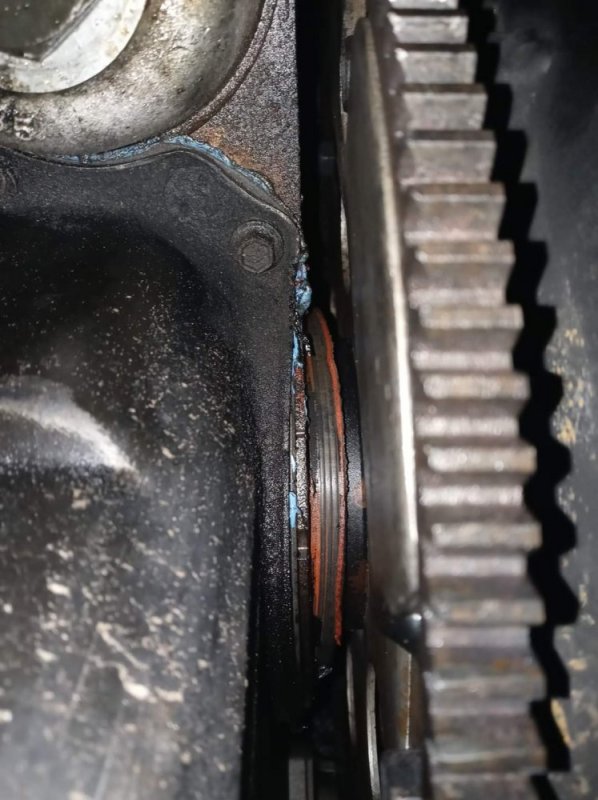Installing the one piece rear main seal is difficult without tool J-39084, because the back of the crank sticks out past where the installed seal is supposed to go.
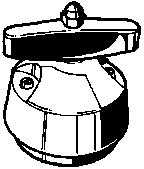
Here's what I rigged up if anyone else is looking for ideas. No idea how anyone else does it, this is just what I impatiently came up with on the fly.
Considering the price of wood these days it's probably cheaper to just buy the right tool.
I started by cutting a survey stick into smaller pieces and taped them into a circle. The cuttings were oriented so the height of the circle was consistent all the way around. A shop towel was placed over the block and seal to protect the seal from contaminants.
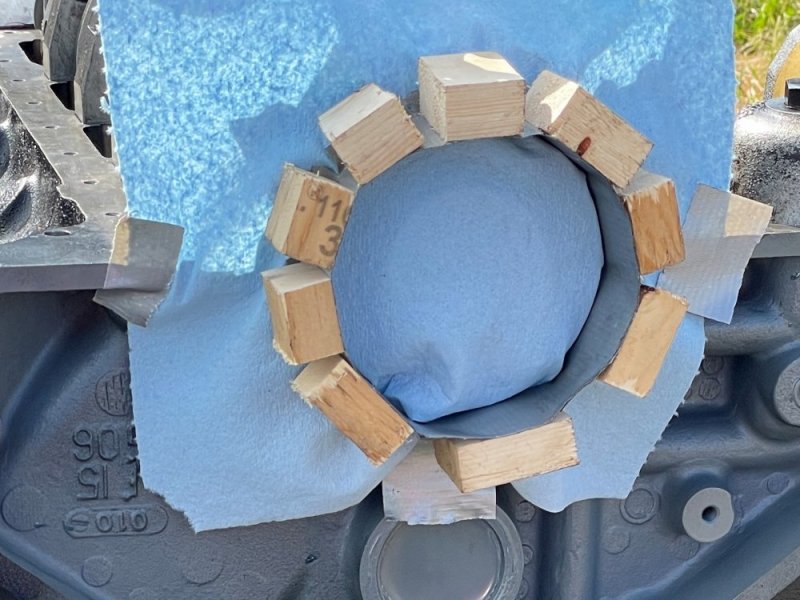
The seal can be installed flush or be inset, there is a lip inside the cavity which prevents the seal from going too far in (the ID of the lip is smaller than the OD of the seal), unless you try to really thrust the seal in and damage it. If you want to install it flush with the block, the wood circle, a 2x6, and a mallet is all that is needed. Place the 2x6 over the wooden circle then tamp it squarely in. The GM manual says to apply grease or oil to the seal where it will contact the crank. My seal came in the box with lube already on it.
If you want the seal to be inset, a second circle can be made from cutting up zip ties and taping the tags into a circle. The zip tie circle would go on the seal then the wood circle would go over the zip tie circle.
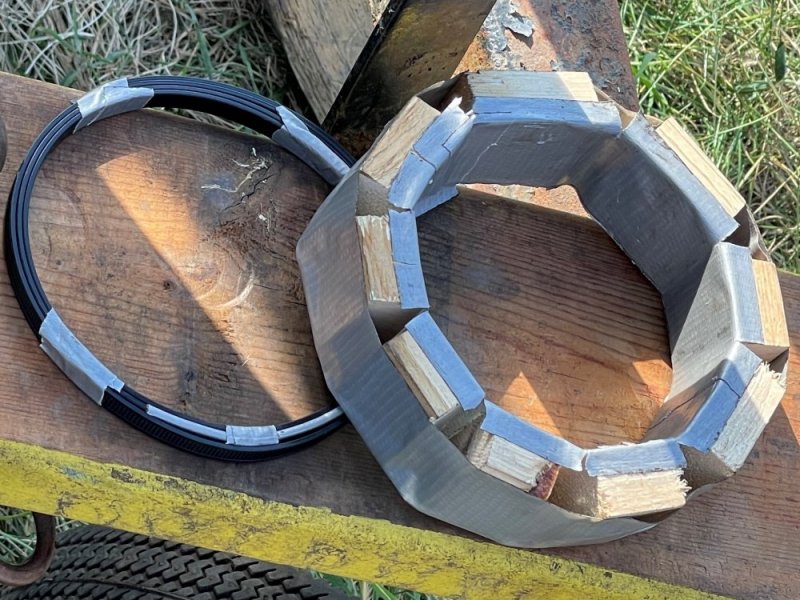
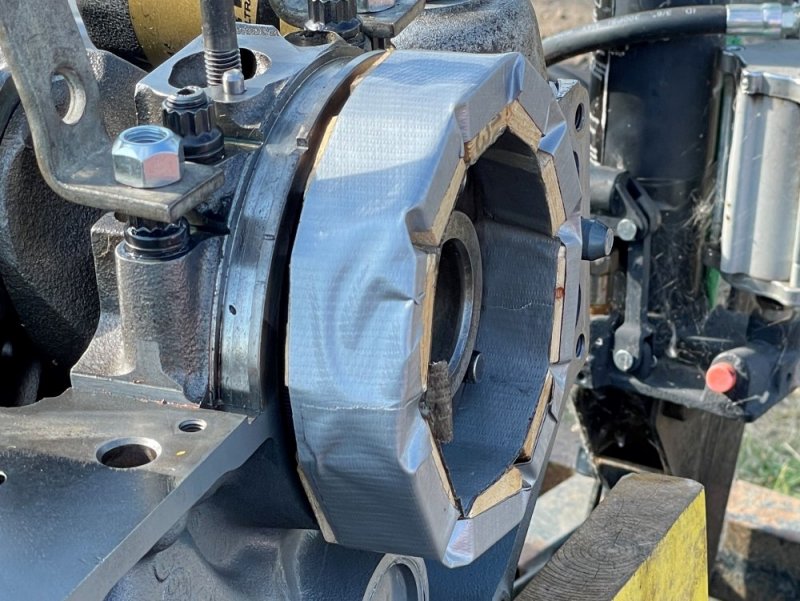
Here a picture showing how far the seal can be inset before contacting the inner lip in the cap / main.
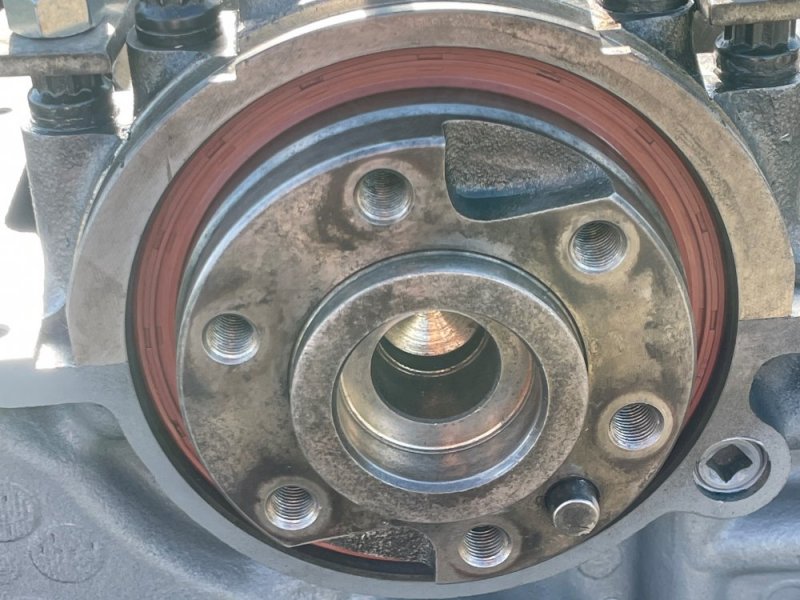
When inset enough to contact the inner lip in the cap / main, the back of the seal sits flush with the edge of the oil entry hole.
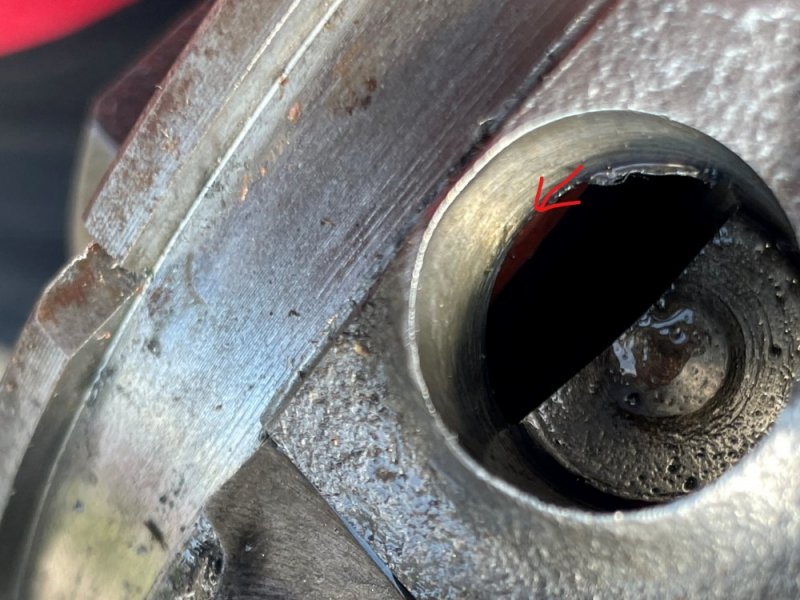
If anyone has an easier way of doing it please share!

Here's what I rigged up if anyone else is looking for ideas. No idea how anyone else does it, this is just what I impatiently came up with on the fly.
Considering the price of wood these days it's probably cheaper to just buy the right tool.
I started by cutting a survey stick into smaller pieces and taped them into a circle. The cuttings were oriented so the height of the circle was consistent all the way around. A shop towel was placed over the block and seal to protect the seal from contaminants.

The seal can be installed flush or be inset, there is a lip inside the cavity which prevents the seal from going too far in (the ID of the lip is smaller than the OD of the seal), unless you try to really thrust the seal in and damage it. If you want to install it flush with the block, the wood circle, a 2x6, and a mallet is all that is needed. Place the 2x6 over the wooden circle then tamp it squarely in. The GM manual says to apply grease or oil to the seal where it will contact the crank. My seal came in the box with lube already on it.
If you want the seal to be inset, a second circle can be made from cutting up zip ties and taping the tags into a circle. The zip tie circle would go on the seal then the wood circle would go over the zip tie circle.


Here a picture showing how far the seal can be inset before contacting the inner lip in the cap / main.

When inset enough to contact the inner lip in the cap / main, the back of the seal sits flush with the edge of the oil entry hole.

If anyone has an easier way of doing it please share!
Last edited:

